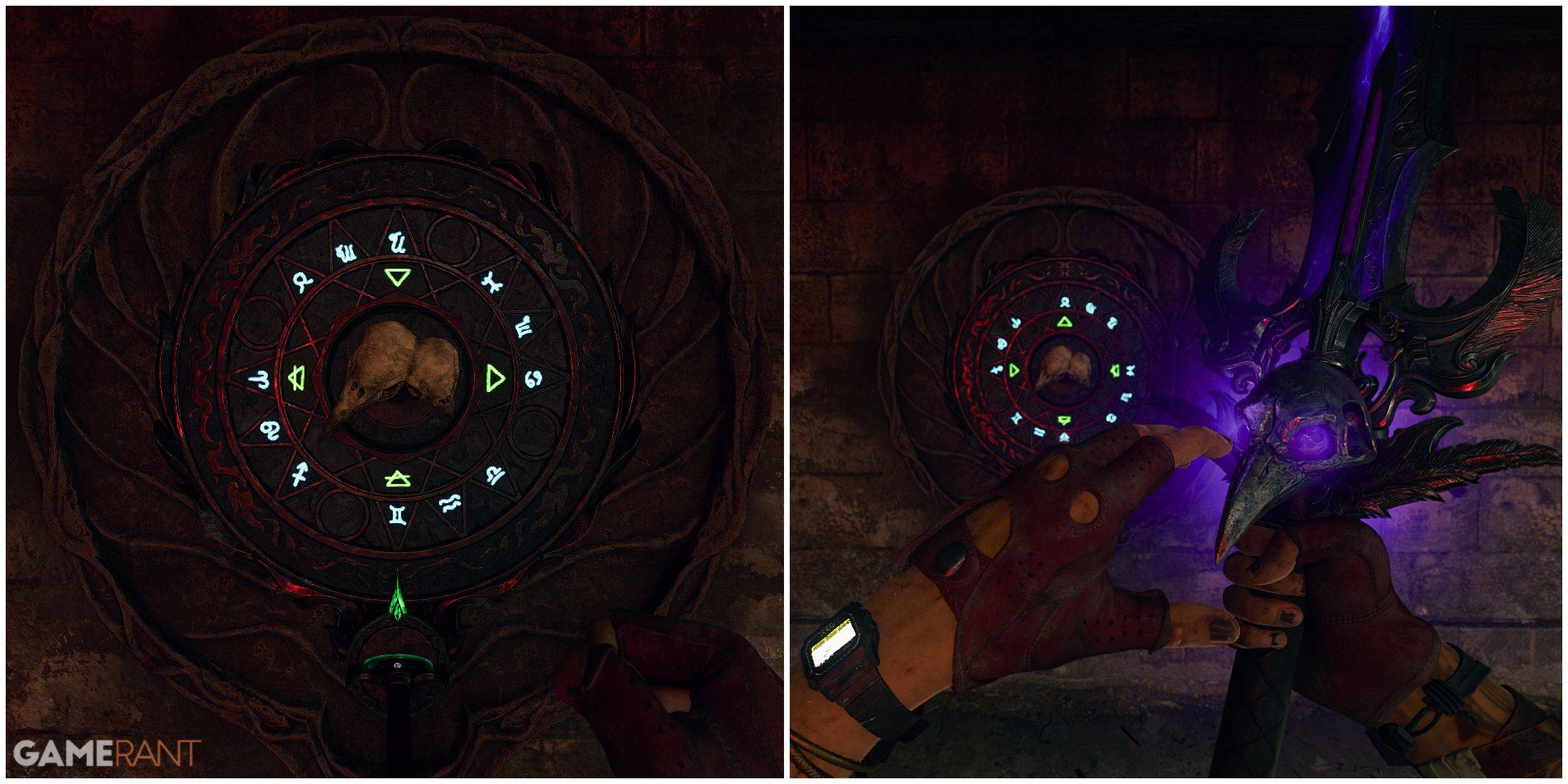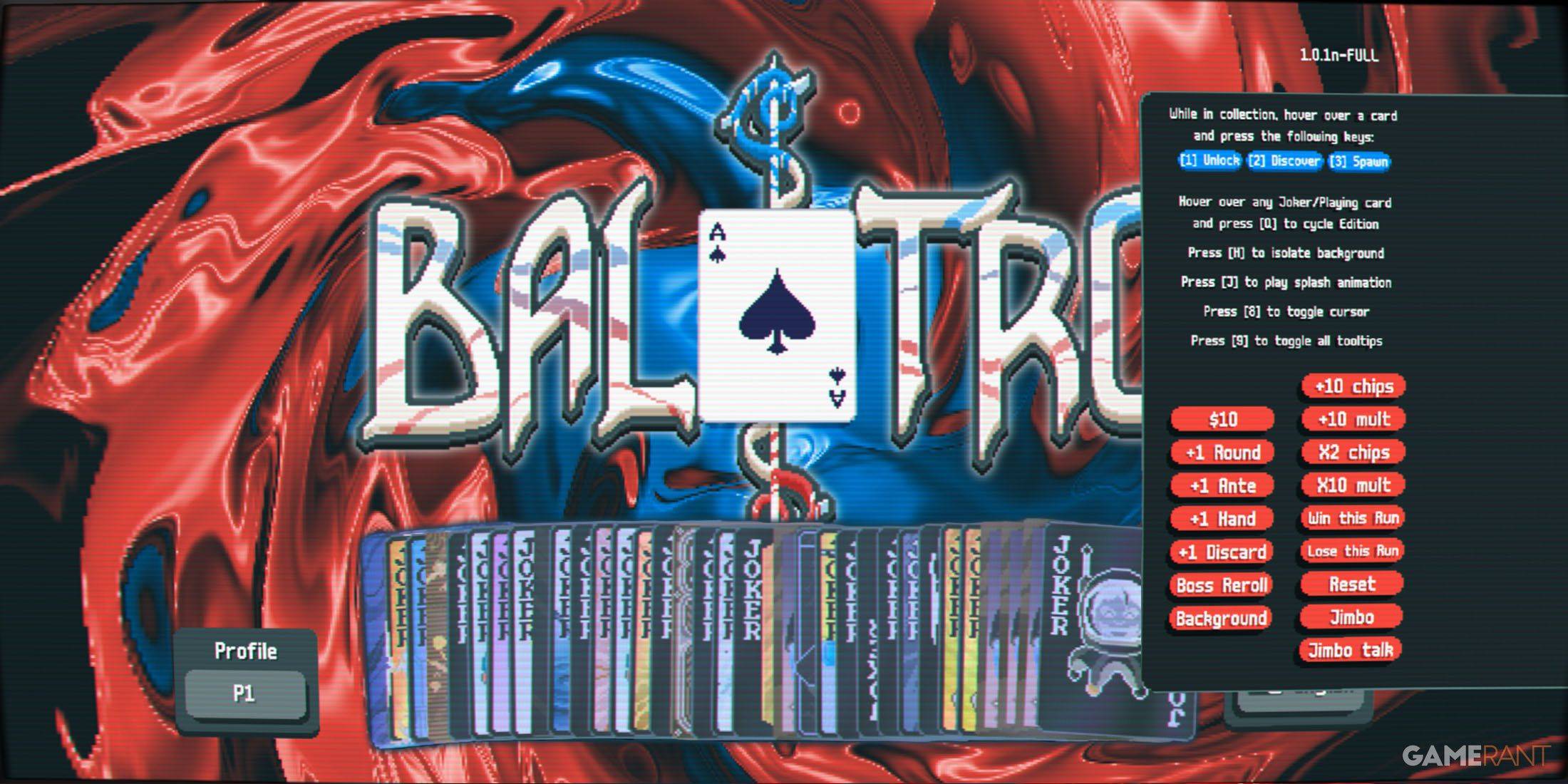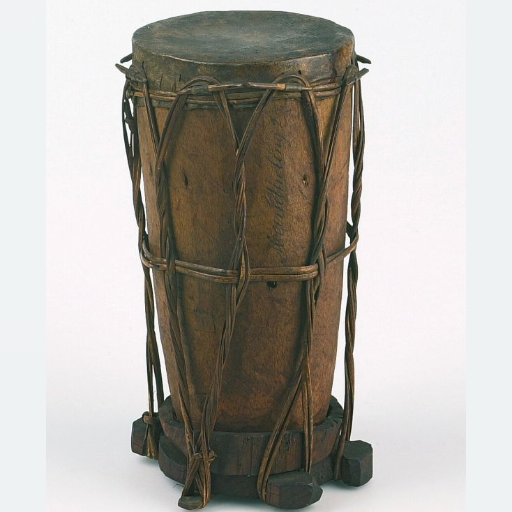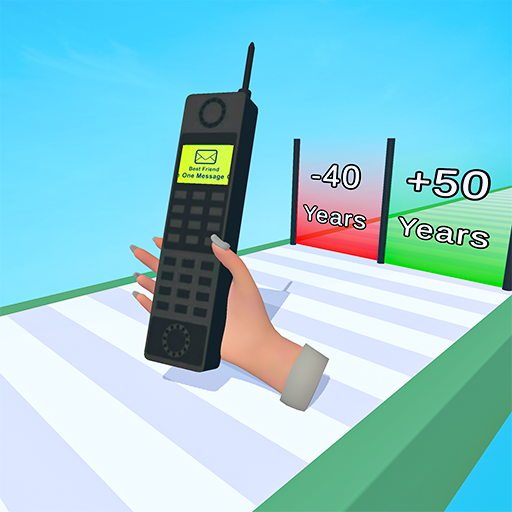The Biggest Gaming Monitor Trends of CES 2025
The Consumer Electronics Show (CES) 2025 was a playground for gaming enthusiasts, with an array of new gaming monitors unveiled by top vendors. As I navigated through the bustling show floor, it was evident that this year's display technology advancements were setting new standards, making 2025 a landmark year for gaming monitors.
QD-OLED Isn’t Going Anywhere and Should Become More Accessible
The undeniable trend at CES 2025 was the continued prominence of QD-OLED technology. Major players like MSI, Gigabyte, and LG showcased their latest offerings, with a strong emphasis on enhanced burn-in protection features and warranties. The momentum from 2024's surge in QD-OLED adoption is clearly carrying forward into this year, with innovations that promise even better performance.
A highlight was the introduction of 4K 240Hz QD-OLED monitors equipped with high-bandwidth DisplayPort 2.1 connections by multiple companies. MSI unveiled the MPG 272QR QD-OLED X50, a 1440p model boasting an unprecedented 500Hz refresh rate. This, along with other brands' unique panel technologies, signals a future filled with high-speed, visually stunning monitors.
Moreover, the evolution of protection features was impressive. Asus introduced the Neo Proximity Sensor in its upcoming ROG Swift OLED PG27UCDM and ROG Strix OLED XG27AQDPG models. This feature, part of the OLED Care suite, automatically switches to a black screen when the user steps away, mitigating the risk of burn-in and pixel wear. As QD-OLED technology matures, we can anticipate more affordable options, especially as older models see price reductions throughout the year.
Mini-LED Isn’t Dead, But It *Is* Tech To Keep an Eye Out For
While QD-OLED stole the spotlight, Mini-LED technology also made a notable appearance. MSI's representative shared plans to introduce the MPG 274URDFW E16M, a dual-mode AI mini-LED monitor, as a cost-effective alternative to QD-OLED. With 1,152 local dimming zones and a peak brightness of 1,000 nits, this 4K, 160Hz monitor offers impressive contrast, especially in well-lit environments.
The monitor's ability to switch to 320Hz at 1080p through its AI-driven "dual-mode AI" feature raised some skepticism on my part, but the potential of Mini-LED to deliver high brightness and excellent contrast without the risk of burn-in remains compelling. With enough dimming zones, issues like blooming are minimized, making Mini-LED a strong contender for those wary of the higher costs and maintenance of OLED displays.
Refresh Rates and Resolutions Continue to Climb
The advancements in QD-OLED and graphics cards are driving higher refresh rates and resolutions. The arrival of 4K at 240Hz and 1440p at 500Hz, as seen in Gigabyte's Aorus FO27Q5P, showcases the industry's push for superior performance. This model is set to achieve VESA TrueBlack 500 certification, offering brighter highlights for enhanced HDR experiences.
MSI's MPG 242R X60N, a TN panel with a 600Hz refresh rate, represents another leap in speed, albeit with trade-offs in color and viewing angles. Meanwhile, 5K monitors are starting to gain traction, with Acer's Predator XB323QX and LG's new "5K2K" ultrawide monitors like the Ultragear 45GX950A and the bendable Ultragear 45GX990A. Outside gaming, Asus's ProArt Display 6K PA32QCV, a 6K mini-LED monitor priced at $1,249, reflects the industry's upward trajectory in resolution and quality.
Smart Monitors Bring TVs and Gaming Monitors Closer Together
Smart monitors are bridging the gap between gaming and entertainment. While my experience with the Samsung G80SD was not entirely positive, the convenience of having a monitor that doubles as a smart TV with streaming capabilities is appealing, particularly for space-constrained living situations.
This year, new smart monitor options are emerging. HP's OMEN 32x Smart Gaming Monitor offers a 32-inch 4K display pre-loaded with streaming apps and the ability to stream to multiple platforms. LG's UltraGear 39GX90SA provides an ultrawide option with similar streaming features and an 800R curve. Samsung's M9 Smart Monitor utilizes on-device neural processing to enhance its 4K OLED panel, adjusting picture settings and upscaling content while supporting a 165Hz refresh rate, making it suitable for gaming.
Wrapping Up
CES 2025 showcased the future of gaming monitors, with innovations that push the boundaries of performance and functionality. From the dominance of QD-OLED to the potential of Mini-LED and the rise of smart monitors, the industry is set for an exciting year. As prices become more accessible and technology continues to evolve, 2025 promises to be a stellar year for gaming monitor enthusiasts.
Latest Articles



![Taffy Tales [v1.07.3a]](https://imgs.anofc.com/uploads/32/1719554710667e529623764.jpg)



























